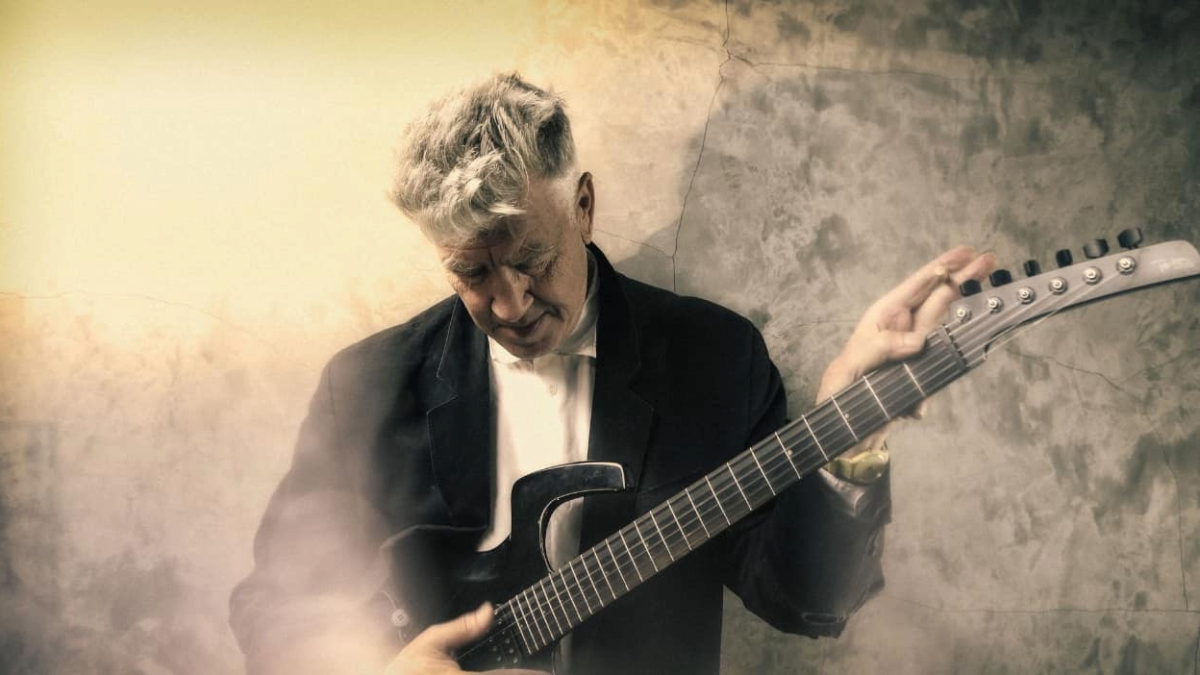Arpeggio Studies Based on the Cycle of Fourths
Two of the most prevalent types of chord progressions are those based on cycles of fourths or fifths.
Two of the most prevalent types of chord progressions, found just as commonly in popular music as in classical, jazz and other genres, are those based on cycles of fourths or fifths. As the names imply, the cycle of fourths follows a series of chords wherein the root of each successive chord is the intervallic distance of a fourth above the previous chord, and the cycle of fifths is based on the intervallic distance of a fifth between each chord’s root.
Starting from the tonic — also known as the home chord, root note or “one” — locating the fourth and the fifth is as simple as counting sequentially. Using the major scale as a template and starting from the one, the fourth is so designated as it is the fourth scale degree, and the fifth is the fifth scale degree. For example, the first five notes of the A major scale are A B C# D E. D is the fourth and E is the fifth. If one were to play an A chord, the chord a fourth above it is D, and the chord a fifth above is E. Note that a fourth above is the same note as a fifth below, in a different octave, and vice versa.
Jazz and classical musicians routinely practice arpeggio studies wherein arpeggios flow through a cycle of fourths or fifths, and one can readily find examples of these kinds of progressions in both jazz standards and the baroque classical music of Johann Sebastian Bach. FIGURE 1 illustrates a chord progression based on a cycle of fourths: the initial chord, Am, is followed by Dm. We then move to a fourth above Dm, G, followed by a fourth from G, C. This formula is continued until we arrive, 12 chords later, back at A. (This type of cycle of fourths differs from one that remains diatonic to a specific scale, such as the major scale; in this example each successive chord is two and a half steps away from the preceding chord.)

FIGURE 2 presents a series of arpeggios (an arpeggio is a “broken chord,” meaning the notes of the chord are played individually and in sequence) that follows this chord progression: Am Dm G C F Bb Eb Ab Db Gb B E A. Each of the 12 tones that reside within an octave is represented in this progression. The specific arpeggios utilized here are triadic, in that they are built from the triad — 1(root) 3rd 5th — for each chord. An Am triad is built from the notes A, C and E, and these three notes repeat in different octave as we ascend and descend through bars 1 and 2. Dm is built from D, F and A, and these are the notes that recur as we ascend and descend through the arpeggios in bars 3 and 4. This “one-three-five” structure is then applied to each of the remaining chords in the exercise.
I’ve included a few hammer-ons and pull-offs here, but feel free to pick every note or add more slurs, if you like. Next month, we’ll expand our look at arpeggio studies based on cycles of fourths and fifths.
Guitar World Associate Editor Andy Aledort is recognized worldwide for his vast contributions to guitar instruction, via his many best-selling instructional DVDs, transcription books and online lessons. Contact Andy at andyaledort.com.
All the latest guitar news, interviews, lessons, reviews, deals and more, direct to your inbox!
Guitar World Associate Editor Andy Aledort is recognized worldwide for his vast contributions to guitar instruction, via his many best-selling instructional DVDs, transcription books and online lessons. Andy is a regular contributor to Guitar World and Truefire, and has toured with Dickey Betts of the Allman Brothers, as well as participating in several Jimi Hendrix Tribute Tours.

